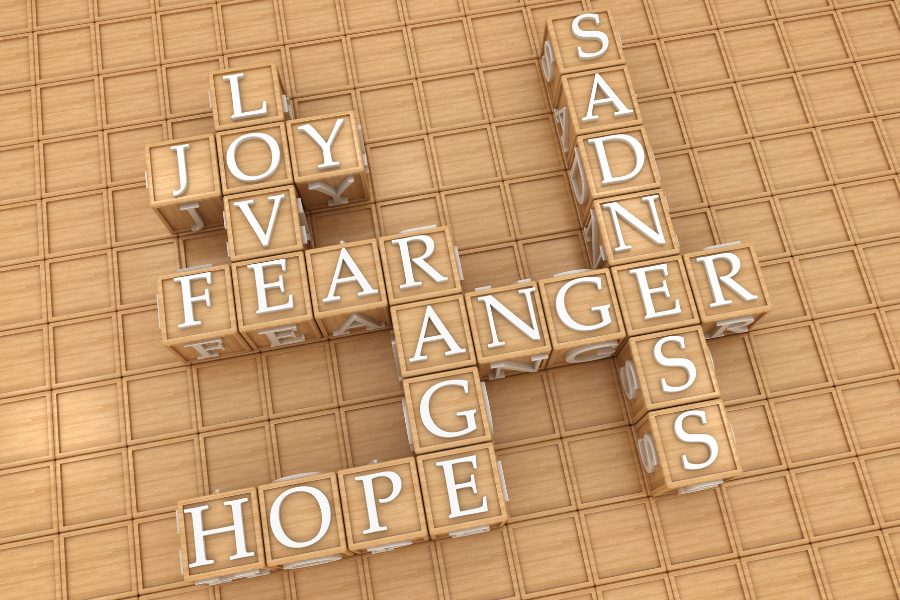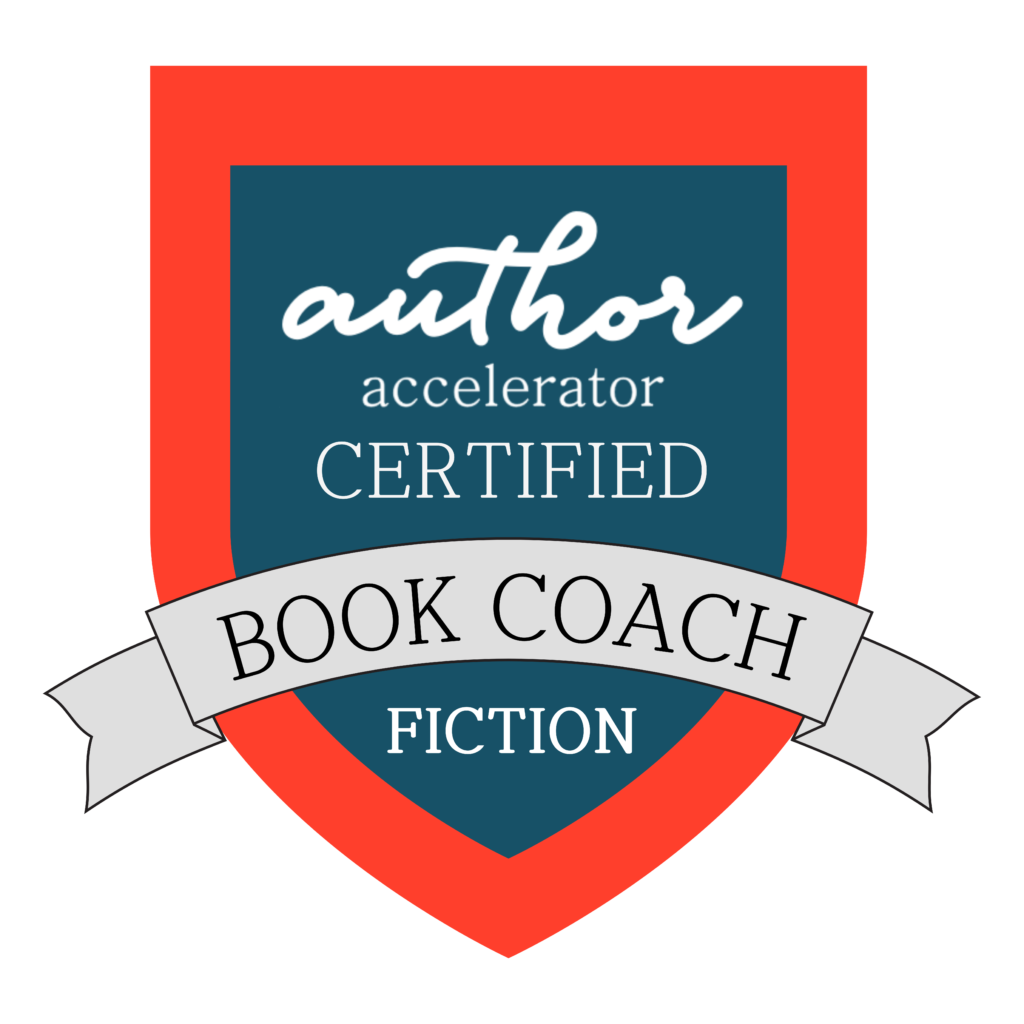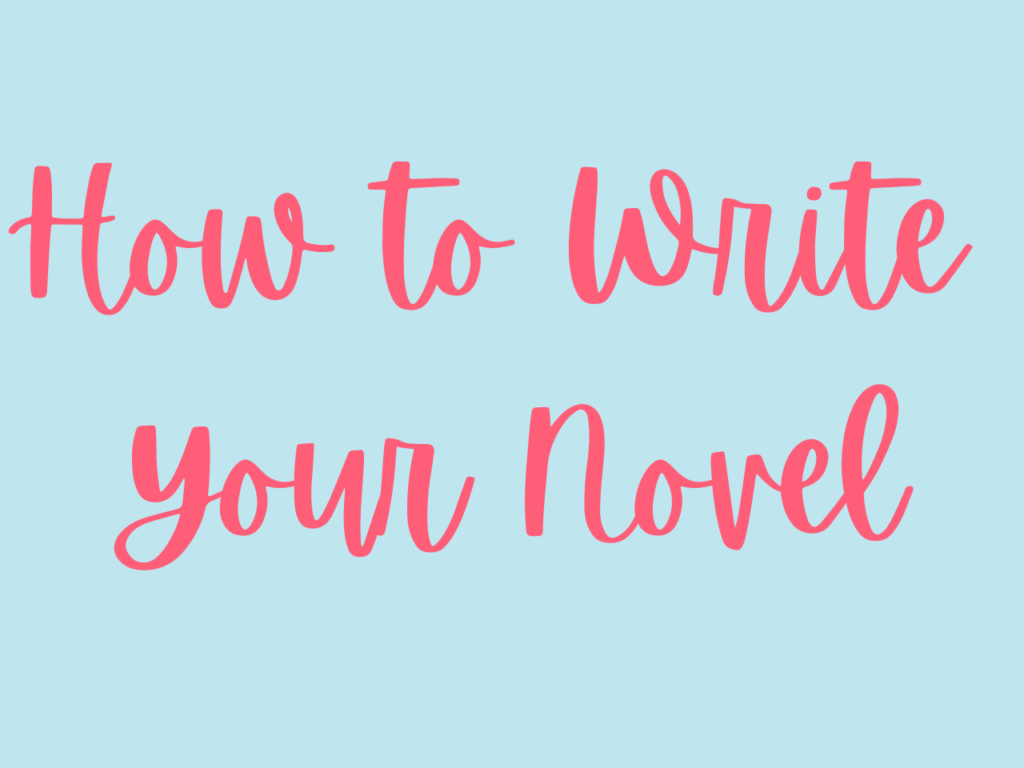
How to Create a Character
As a beginner fiction writer, one of the most important tasks you’ll face is learning how to create a character that resonates with your readers. Characters are the heartbeat of any story, and the way you craft them can make or break your novel.
Whether you’re aiming for literary fiction or a fast-paced genre, well-developed characters are key to keeping readers engaged and emotionally invested in your story.
Roz Morris, a seasoned author and ghostwriter, is an expert in helping new writers build their craft. Through her insightful blog, Nail Your Novel, she offers invaluable advice for those looking to deepen their understanding of character development.
While Morris is often described as a literary writer, focusing on depth of character rather than the speed of plot, her advice is universally applicable to any genre. Here are some of her top tips on how to create compelling characters that will captivate your readers.

Embrace Imperfection: Let Your Characters Struggle
As a new author, you might feel the urge to make your protagonist perfect—someone who embodies all the qualities you admire. However, Roz Morris suggests that perfection is not what readers are looking for. Instead, they want characters who are relatable, who struggle, and who grow throughout the story.
One of the most effective ways to create a character that feels real is to put them in situations that push them out of their comfort zone. Whether it’s a moral dilemma, a physical challenge, or an emotionally charged situation, these moments of discomfort will reveal your character’s weaknesses. And it’s these weaknesses that make them human.
For example, your protagonist might be a skilled detective, but what happens when they face a case that hits too close to home? How do they react when their confidence is shaken? These are the moments that test your character and, more importantly, drive the story forward.
Readers love to see characters evolve, and the best way to facilitate that evolution is by placing them in extreme circumstances where they must confront their flaws and fears.

Dive Deep into Your Character’s Internal World
Another common mistake new writers make is not delving deeply enough into their characters’ internal lives. According to Morris, it’s crucial that readers understand what makes your protagonist tick from the very beginning. What are their hopes, fears, and frustrations? How do they respond to setbacks or challenges?
By providing readers with a window into your character’s internal world, you allow them to form an emotional connection with the character. This connection is what keeps readers turning the pages.
Once they feel like they know your character, you won’t need to spell out every single reaction because the reader will already have a sense of how the character might respond.
For instance, if your protagonist is someone who struggles with anger management, show this early on through their reactions to minor irritations. When bigger challenges arise later in the story, readers will already anticipate how this flaw might complicate matters, adding layers of tension and anticipation.
Don’t Neglect Your Antagonists: Make Them Memorable
Creating a compelling protagonist is only half the battle; you also need to craft a memorable antagonist. Morris emphasises that your antagonist should be just as developed as your protagonist. They need to be equal in strength, motivation, and complexity.
One mistake new writers often make is isolating their antagonists, making them lone wolves with no connections to the world around them. But just like your protagonist, your antagonist should have relationships—whether it’s with family, friends, colleagues, or even henchmen. These connections can add depth and make your antagonist more relatable, even if they are the “bad guy.”
Moreover, your antagonist needs to have strengths that make them a formidable opponent. They should be highly motivated and driven by a cause they believe in. What keeps them going, even in the face of adversity?
Understanding this will help you create a character who is not just a villain, but a fully realised person with their own set of beliefs and values.
For example, if your antagonist is a corrupt politician, show what drives them—whether it’s a desire for power, fear of losing everything, or a twisted sense of justice. These motivations can make your antagonist more compelling and harder for your protagonist to defeat, which in turn makes your story more engaging.

Use Dialogue to Create a Character and Build Relationships
Dialogue is a powerful tool for character development. It not only reveals what your characters are thinking and feeling but also how they relate to one another. Morris advises that as you craft dialogue, don’t forget to keep the reader grounded in the scene with visual descriptions.
A brief pause to describe a character’s body language or the setting can add layers of meaning to the conversation.
Additionally, how characters speak to each other can reflect their relationships and the power dynamics at play. For instance, if two characters are friends, their banter might be light-hearted and full of inside jokes. But if there’s tension between them, their dialogue might be clipped and formal, revealing the strain in their relationship.
These nuances in dialogue not only bring your characters to life but also help to illustrate shifts in their relationships over the course of the story. As your characters interact, their relationships should evolve, reflecting the events of the plot and the changes within each character.
Show, Don’t Tell: Let Actions Speak Louder Than Words
One of the golden rules of writing is “show, don’t tell,” and this is especially important when it comes to character development. Instead of only telling your readers that your protagonist is brave, show them through the character’s actions.
Perhaps they step into a dangerous situation without hesitation or stand up for someone who can’t defend themselves. These actions speak volumes about who your character is, without the need for explicit explanations.
Similarly, show the relationships between your characters through their interactions. How do they respond to one another? What do their actions say about their feelings or intentions? By focusing on these details, you can create a character who feels real, complex, and relatable.
Final Thoughts: Focus on Character to Elevate Your Story
Creating compelling characters is essential for any fiction writer, especially those just starting out. By focusing on your characters’ flaws, internal lives, relationships, and actions, you can craft a story that resonates with readers on a deeper level.
Remember, your characters are the heart of your novel, and the more attention you give to developing them, the more engaging and memorable your story will be.
So, as you embark on your writing journey, take the time to truly create a character that readers will care about. Whether they’re rooting for your protagonist or intrigued by your antagonist, your characters are what will keep them coming back for more.
If you’re a beginner writer and need help getting started, I invite you to sign up for my video series, 21 Days of Writing Inspiration? It provides daily motivation to get you unstuck so you can build momentum with your writing.

Emma Dhesi
Emma Dhesi is an author mindset coach and bestselling author who helps writers let go of perfectionism, self-doubt and writer’s block through her signature programme, Unlock Your Creative Block.
She is the host of the YouTube Channel, Emma Dhesi, where she interviews debut and experienced authors alike.
Through her 1:1 coaching programme, Emma helps new authors start and finish their first novel.
Emma provides personal written feedback on their pages and guides them through the emotional rollercoaster that is writing a novel!





